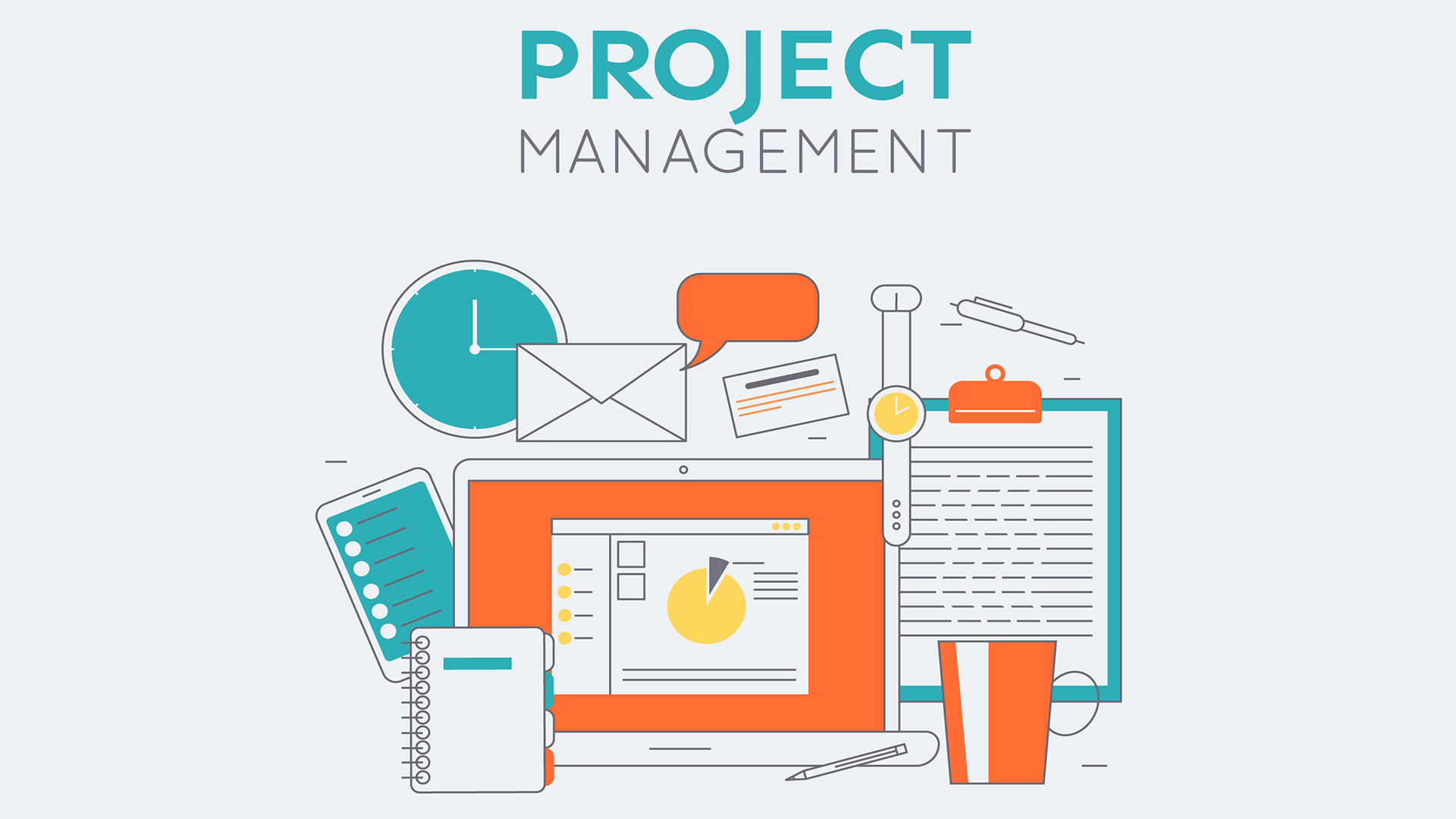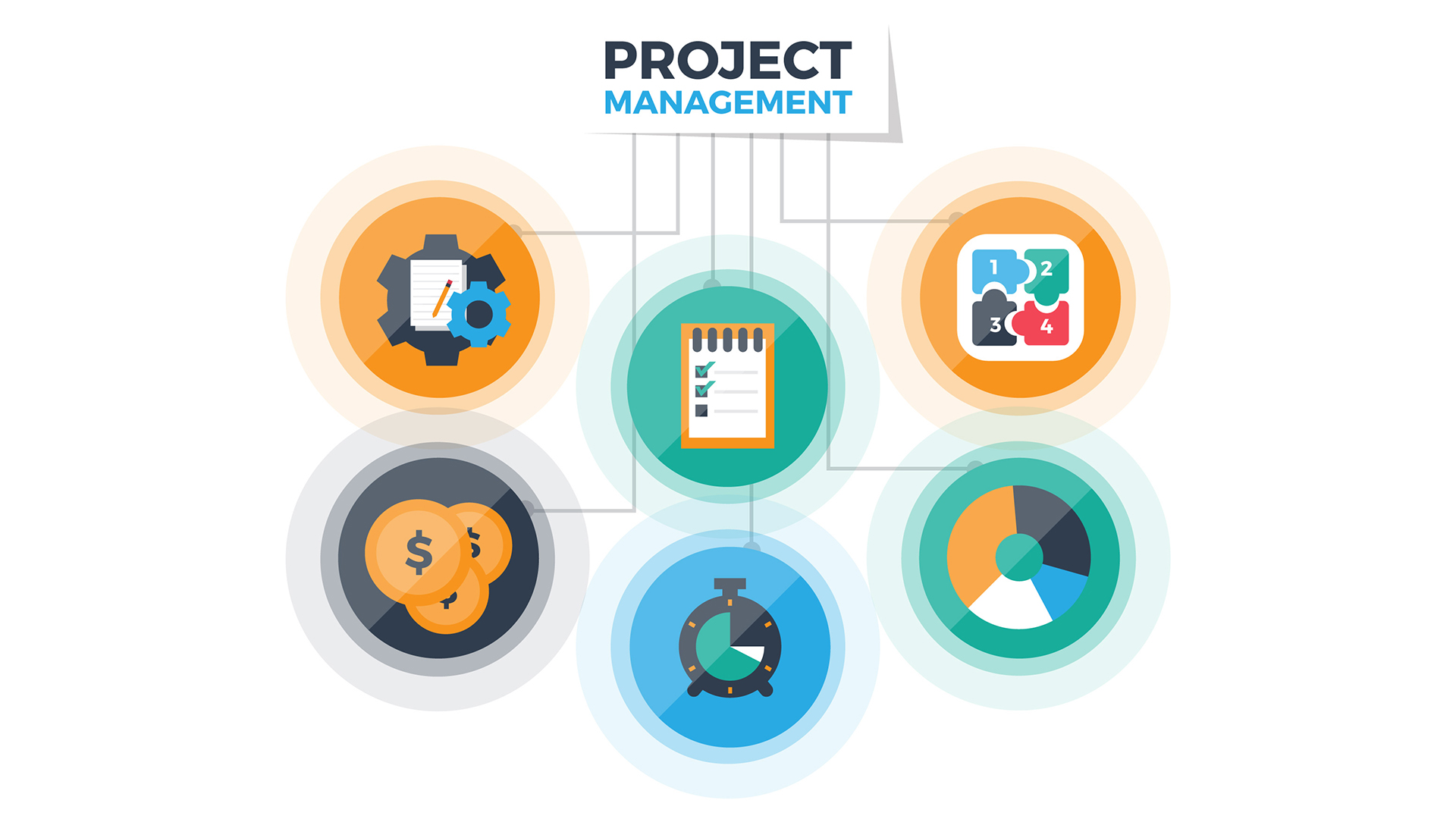
From Agile Project Management Novice To Expert
Course overview
Gaining a comprehensive understanding of how project management technique may be systemically integrated in an organizational context to extract and optimize sustainable and consistent value is the main goal of completing the Agile Project Management Certification Course.
Flexibility, adaptability, and cross-functional integration are prioritized in the Agile methodology. Which three components make up the Agile Methodology? Agile project management is centered around three essential components: adequate degree of quality, constant focus on business value, and collaboration.
Agile project management is an iterative methodology that emphasizes frequent releases and incorporating user feedback into each iteration of software development projects. Agile is a time-constrained methodology for developing software that emphasizes incremental development from the start of the project rather than aggregated delivery during the project closing phase.
What does Agile Methodology mean? Teams can respond to feedback on their project more quickly and in an unexpected way with the help of the agile method. It makes it possible to evaluate the project’s direction during the development phase. In what are known as sprints or iterations, teams evaluate projects at regular meetings.
Agile helps teams manage work effectively and efficiently while delivering high-quality products consistently within resource restrictions. Adopting an Agile Business Model is made possible through the use of Agile Project Management technique. The organization as a whole can react quickly to unforeseen change that calls for process and structure modification.
Introduction
The Agile Project Management methodology imparts valuable skills such as eliminating non-essential work and concentrating on core competencies. The capacity to make sound decisions and maintain composure under duress. The course also teaches coaching techniques and motivation to help teams during project rollout. There is little opportunity for flexibility or adaptability when it comes to altering a product with traditional project management.
The agile project management style provides plenty of opportunity and leeway for products to be modified to meet shifting market conditions and demands. Additionally, continuous planning and learning are provided by the agile methodology, which promotes the preservation of institutional memory.
The adoption of a holistic approach to value generation and sustainability is facilitated by the application of Agile Project Management methodology inside a business. Enabling the delegate to synergistically integrate their different skill sets with the accomplishment of larger strategic objectives of their separate enterprises is the ultimate goal of this Agile Project Management Certification Course.
As a result, this Training Bee training course will provide you the quick skills you need to absorb knowledge and create a contextual understanding of how your company can guarantee an environment that is flexible and adaptable in multi-sectoral settings.
We are The Training Bee, a global training and education firm providing services in many countries. We are specialized in capacity building and talent development solutions for individuals and organizations, with our highly customized programs and training sessions.
Learning Objectives
Upon completing Agile Project Management Certification Course, participants will be able to:
- Discover how to incorporate the principles and methodology of Agile Project Management into the specific organizational settings that they apply to.
- Additionally, it will promote understanding of the organization’s main strategic goals and how they relate to the production of software and goods with added value.
- Learn how to incorporate the requirements for using Agile project management principles into a framework of contextualized goals.
- Learn and put into practice how to fulfill all of your organization’s pertinent major objectives about the course material in a consistent and constructive manner.
- Understand how to identify and steer clear of typical mistakes while examining current project management techniques.
- Gain knowledge of the guiding concepts, processes, and conventions around the application of Agile Project Management technique, as well as its advantages and disadvantages.
Our Unique Training Methodology
This interactive course comprises the following training methods:
- Journaling – This consists of setting a timer and letting your thoughts flow, unedited and unscripted recording events, ideas, and thoughts over a while, related to the topic.
- Social learning – Information and expertise exchanged amongst peers via computer-based technologies and interactive conversations including Blogging, instant messaging, and forums for debate in groups.
- Project-based learning
- Mind mapping and brainstorming – A session will be carried out between participants to uncover unique ideas, thoughts, and opinions having a quality discussion.
- Interactive sessions – The course will use informative lectures to introduce key concepts and theories related to the topic.
- Presentations – Participants will be presented with multimedia tools such as videos and graphics to enhance learning. These will be delivered engagingly and interactively.
Training Medium
This Agile Project Management Certification Course training is designed in a way that it can be delivered face-to-face and virtually.
Course Duration
This training is versatile in its delivery. The training can be delivered as a full-fledged 40-hour training program or a 15- hours crash course covering 5 hours of content each day over 3 days
Pre-course Assessment
Before you enroll in this course all we wanted to know is your exact mindset and your way of thinking.
For that, we have designed this questionnaire attached below.
- In your own words, define agile project management.
- Give a brief explanation of the fundamental ideas that guide Agile techniques.
- What is Scrum, and how is it different from conventional methods of project management?
- Describe the functions of the Development Team, Product Owner, and Scrum Master in a Scrum system.
- Identify two other Agile frameworks or approaches, apart than Scrum.
- Give a succinct explanation of each framework or technique that was discussed.
- Describe the idea of user stories and how agile project management uses them.
- How is work in Agile projects prioritized and managed using a product backlog?
- Give the definition of “sprint” as it relates to agile project management.
- What role does iterative development play in enhancing Agile projects’ flexibility?
Course Modules
This Agile Project Management Certification Course covers the following topics for understanding the essentials of the Agile Workplace:
Module 1 – A FIRST GLANCE AT AGILE PROJECT MANAGEMENT
- History
- Approach
- Principles
- Philosophy
Module 2 – Adaptability combined with quick project management
- Project Supervision
- Integration of Projects
- Broad lateral perspective within the organization
- Having an impact
- Flexible Administration
Module 3 – Adaptable: Integral elements
- Scrum-related Events
- Setup of SCRUM events
- Ability to Analyze
- Planning Scenarios
- Statistical juxtaposition for extrapolation
Module 4 – Operational Capabilities: Agile
- Applying Agile in Practical Settings
- Applying Agile Project Management Principles
- Project Start-Up
- Forecasting risks and creating backup plans
Module 5 – SMART PROJECT MANAGEMENT
- Acknowledging and Using Resources
- Deployment of Resources
- Examining Collaborations
- Building a Network
- Flexible and adaptable to change
- How to Tell Agile from Waterfall
Module 6 – Rollout of Agile Project Management
- The Agile Manifesto’s four guiding principles
- The Agile Manifesto’s 12 guiding principles
- Developing an Agile Worldview
- First Action
- Using Agile in a VUCA Setting
- Combining Different Project Management Methods
Module 7 – Implementing Agile Project Management
- The Model of Spotify
- Assignment: Evaluation of Kanban, XP, and Lean
- Agile for Change Assimilation and Integration
- Combining Requirements Specific to Each Situation
- Building a Case Study: Charting Reality
- Questionnaire for Implementation and Rollout Readiness
Post-course Assessment
Participants need to complete an assessment post-course completion so our mentors will get to know their understanding of the course. A mentor will also have interrogative conversations with participants and provide valuable feedback.
- What was the impact of Agile principles on customer satisfaction and adaptability?
- Describe in detail the particular duties of a Scrum Master inside a Scrum framework.
- What role does the Scrum Master play in the Scrum team’s success?
- Give an example of a situation when a project would work better using an alternate Agile technique than Scrum.
- How would you go about modifying Agile methods to meet the particular requirements of the project?
- Talk about the user stories you’ve created and improved for an Agile project.
- How did the success and clarity of the project stem from the usage of well-written user stories?
- Think back to a Sprint Review session that you led or participated in.
- What positive effects did the Sprint Review have on openness, cooperation, and ongoing development?
Lessons Learned
Agile Mindset Shift: Agile is a way of thinking that goes beyond a collection of techniques. Teams must fundamentally rethink how they approach collaboration, transformation, and value delivery in order to embrace agility.
Consumer Input and Opinions: Customer participation is essential to the success of the project. Frequent feedback loops guarantee that the project meets client expectations and adds value during its whole life.
Flexibility and Adaptability: Adaptability is essential to agile. To deliver effective projects, teams need to be adaptable and sensitive to changes in needs, priorities, and market conditions.
Teams that are cross-functional and empowered: Cross-functional teams that are empowered are more innovative and collaborative. Agile teams can work together to solve complicated problems since their members have a variety of expertise.
The Culture of Continuous Improvement: Continuous improvement is a cultural idea rather than a one-time occurrence. Ongoing improvements are fueled by regular retrospectives and a dedication to learning and adjusting.
Iterative Design for Advancement: Iterative development enables early value delivery and incremental advancement. Every iteration offers a chance to hone, enhance, and adapt to evolving requirements.
Collaboration and Communication That Works: Transparent and open communication is essential to agile. For a project to be successful, team members, stakeholders, and clients must work together.
User stories and backlog management are important: Requirements can be organized and prioritized using user stories and backlog management. They act as a framework for organizing and carrying out Agile projects.







